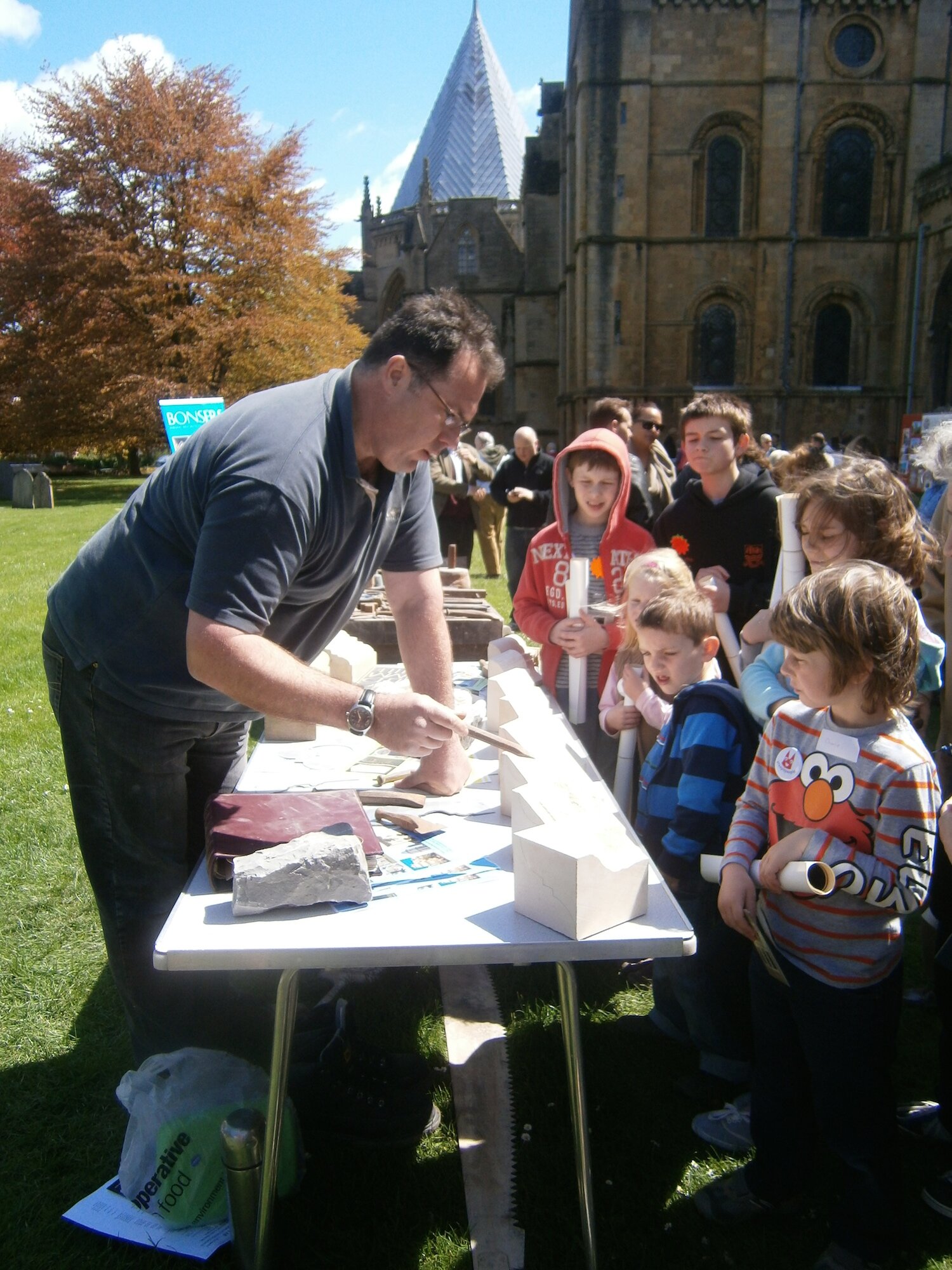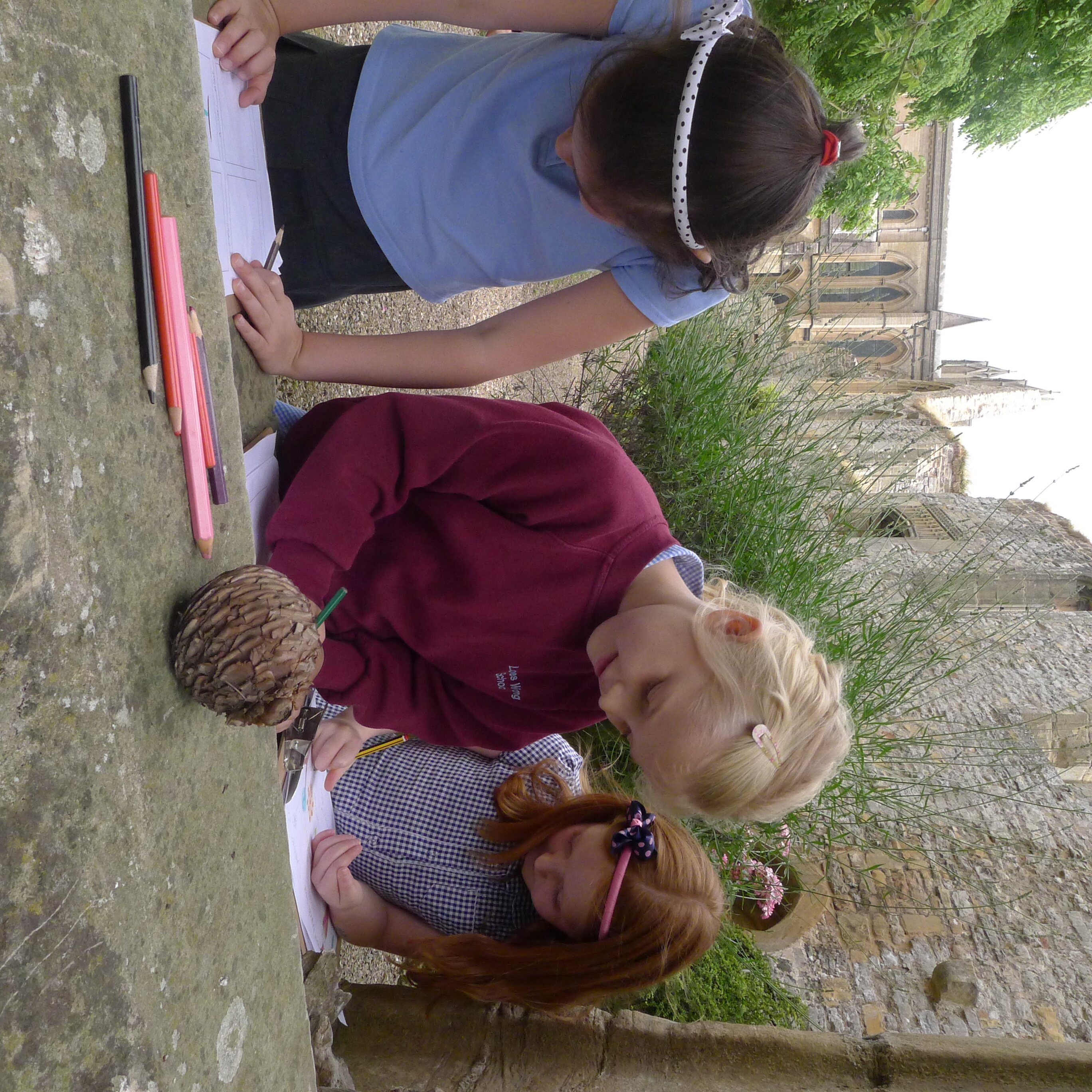- Home
- About Us
- Planning Your Visit
- Events
- Education
- Venue hire
- Get involved
-
Links
- Southwell Minster
- Experience Nottinghamshire
- Visit Southwell
- LOGIN
The Minster became a Cathedral in 1884 and, during Edwardian times, a Manor was built for the Bishop into the south western corner of the ruins.
The Palace was damaged during the Civil War, 1642–51 (as was the Minster), and partly dismantled. Many of the original stones can be found in homes throughout the town. The ruins you see adjacent to the Minster are those of the Palace.
Southwell Minster was founded in Saxon times and rebuilt by the Normans as an independent church in the Diocese of York served by a group of priests supported by prebendal endowments of land and tithes. There were never any monks here. A Palace was needed for when the Archbishop of York visited and the first such residence is mentioned in Domesday Book.
In late Victorian times, a large part of the surviving southern garden was given to the town to be used as a public park – a function it still performs. The Minster retains a small area of pasture, now set aside for wildlife.
Like the Roman villa that preceded it, the Palace was residential, never having been crenellated. The area was relatively easy to defend, the agriculture was good, the wells of Southwell provided fresh water and the river Trent was nearby to bring-in supplies.
In 1108 Archbishop Gerard found dead in his chair in the garden. When his body was moved, a book on astrology was found hidden undera pillow, containing tracts on astrology, considered heretical at the time. His death was recorded as being due to ‘divine judgement for his addiction to the magical and forbidden arts.’

We offer a variety of workshops tailored to the site and suitable for specific age ranges

The Archbishop’s Palace is a fantastic place where history comes alive. Children learn about key historical figures such as Thomas Wolsey and Charles I – figures instrumental in shaping the nation — in the rooms these very men walked through. Our offerings meet the different Key Stage outcomes.
